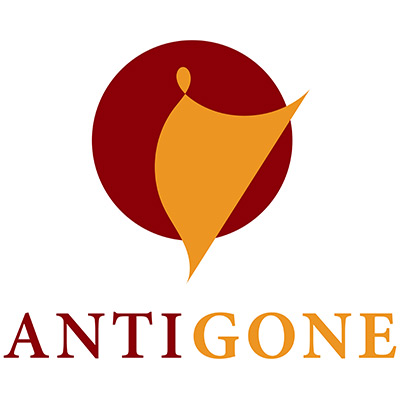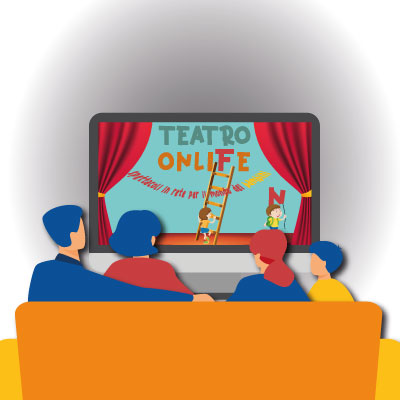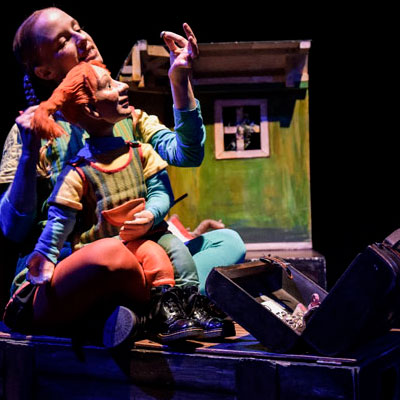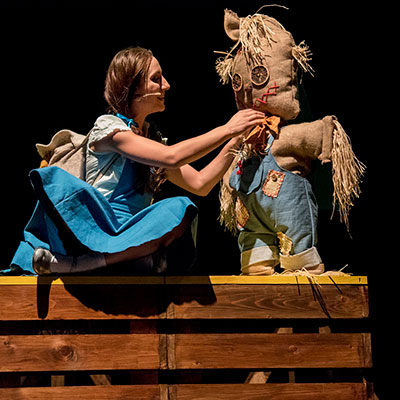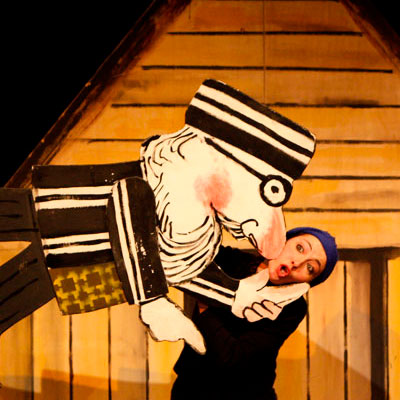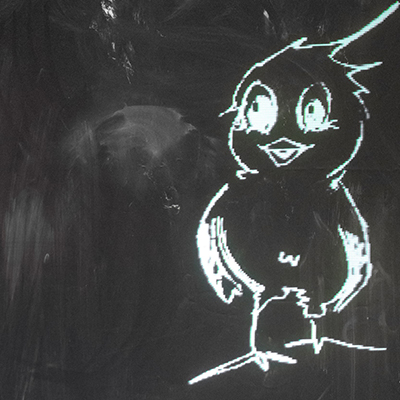(In)different Journey
Starting from the book “The Tale of the Unknown Island“ by José Saramago, Portuguese writer, Nobel Prize for Literature, in the various steps of the Indifferent Journey project we will develop new expressive methodologies to be applied in the experience of and with disabled people.
Thanks to the involvement of various professionals working in the theater sector, in the rehabilitation area and a group of people with intellectual disabilities, they will work together to develop theatrical practices and new methods of physical and sensory stimulation. These are activities that facilitate and encourage these people to assume a greater sense of belonging and usefulness in society, encourage the development of intrinsic and latent capacities; and at the same time, they affirm the right to active citizenship.
The project is supported by Erasmus +
Goals:
Develop and deepen the use of new skills and methodologies; train technicians in the artistic areas of theater, body and musical expression; train learners in the artistic areas of theater, body and musical expression; promote social inclusion; sharing good artistic practices with people with disabilities; promote entrepreneurship and pro-activity of technicians, students and organizations.
Steps:
First step of the project: September 2021 – first meeting in Hungary with all partners involved. Organizational management of the two years of the project.
Second step: October 2021 – second transnational meeting with all the partner organizers of the project in Verona. Development of theatrical techniques with professionals in the sector to experiment workshops with disabled children.
Third step: November 2021 – January 2022 – Alice Canovi, theatrical actress of the AIDA Foundation is developing theatrical and musical workshops with children suffering from autism spectrum disorders
Fourth step: February 2022 – third European meeting in France with all partner organizations and disabled children (beneficiaries of the project)
Partners:
In addition to Italy, represented by the Aida Foundation in collaboration with the Foundation “Autismo Trentino”, the following participate in the project: Glocalmusic – Portugal, (project leader), Atipick Dream – France, MSMME (Magyar Specialialis Muveszeti Muhely Egyesulet) – Hungary, SAREM (Genclikte Spor Sanat ve Egitim Dernegi) – Turkey, Teatterimuseo – Finland.
The participants and recipients of the project will be people with disabilities, who will go on to develop artistic activities, together with the organizers and educators.
Visit the Facebook page



